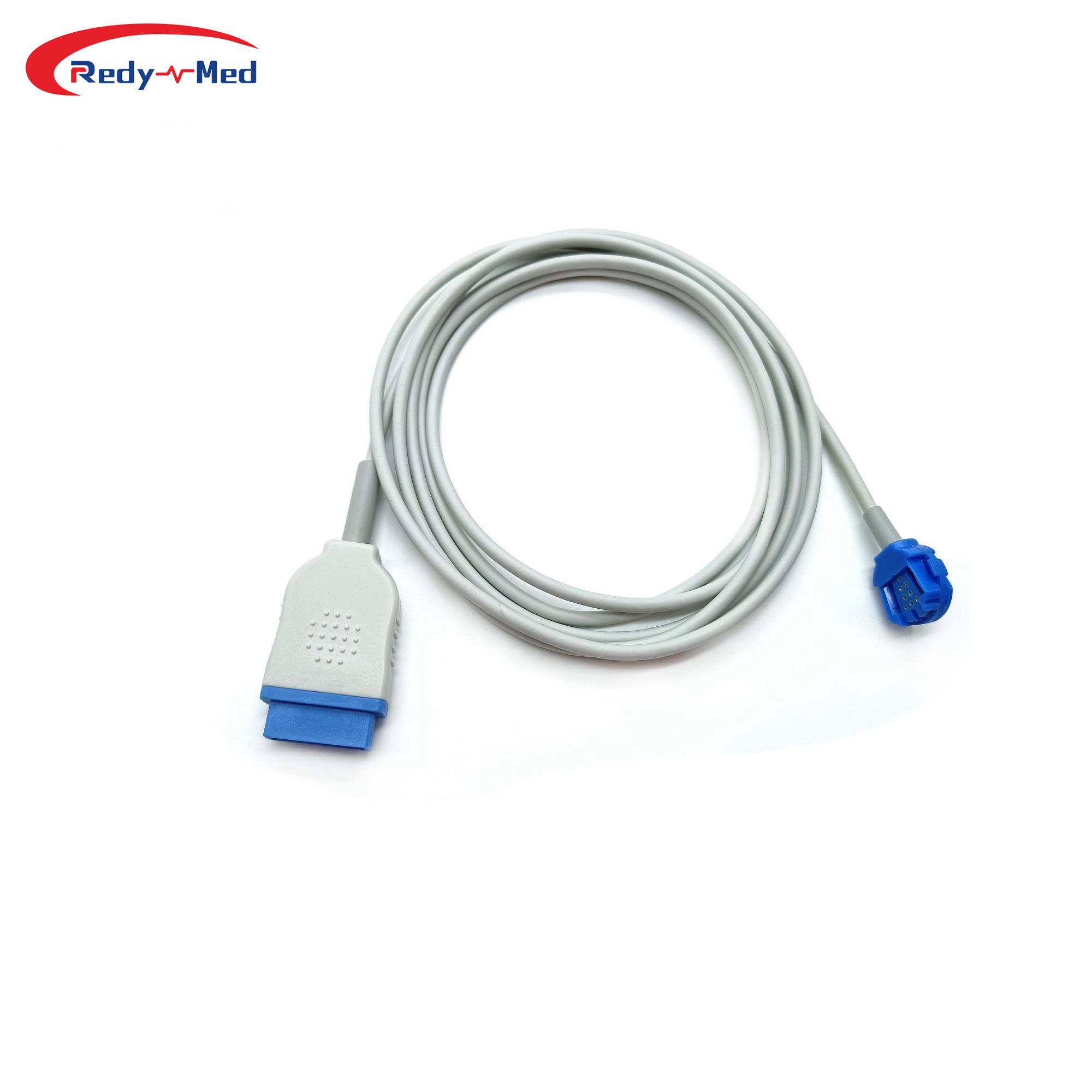
- Home > News > Industry News
The role of disposable blood oxygen sensors in the diagnosis and treatment of sleep-disordered breathing
2023-07-20 19:01:41
Enhancing sleep disorder diagnosis and treatment through disposable blood oxygen sensors

Sleep-disordered breathing (SDB) encompasses a range of disorders that affect breathing during sleep, including conditions such as obstructive sleep apnea (OSA) and central sleep apnea (CSA). The accurate diagnosis and effective treatment of SDB is crucial for improving patients' quality of life and reducing the risk of associated health complications. One crucial tool in the diagnosis and monitoring of SDB is the disposable blood oxygen sensor, which plays a vital role in enabling healthcare professionals to assess oxygen saturation levels and evaluate the effectiveness of various treatment interventions.
The importance of accurate SDB diagnosis
Accurate diagnosis of SDB is essential for developing effective treatment plans and reducing the risk of related health complications. Traditional sleep studies, such as polysomnography, are commonly used for diagnosing SDB, but they can be costly, time-consuming, and require overnight hospital stays. Disposable blood oxygen sensors offer a more accessible and convenient alternative for both healthcare providers and patients.
Disposable blood oxygen sensors, often worn on the finger or earlobe, continuously measure the oxygen saturation levels in the blood during sleep. This data provides valuable insights into the severity of the breathing disturbances associated with SDB, enabling healthcare professionals to make an accurate diagnosis and determine the most appropriate treatment approach.
The role of disposable blood oxygen sensors in treatment evaluation
Once a diagnosis of SDB has been made, the effectiveness of different treatment options needs to be evaluated. Continuous positive airway pressure (CPAP) therapy is commonly prescribed for OSA, while CSA is often managed using adaptive servo-ventilation (ASV).
Disposable blood oxygen sensors can help monitor the patient's response to these treatments. By measuring oxygen saturation levels during sleep while the patient is using CPAP or ASV, healthcare providers can assess the treatment's efficacy and make adjustments as needed. This real-time feedback is invaluable in ensuring that patients receive optimal therapy and achieve adequate oxygen levels throughout the night, thereby reducing the risk of complications associated with SDB.
Advantages of disposable blood oxygen sensors
The use of disposable blood oxygen sensors in the diagnosis and treatment of SDB offers several advantages over traditional methods:
- Convenience: Disposable sensors can be worn comfortably at home during sleep, eliminating the need for overnight clinic stays.
- Cost-effectiveness: Compared to polysomnography, disposable sensors offer a more affordable alternative for patients and healthcare providers.
- Real-time monitoring: These sensors continuously measure oxygen saturation levels, providing immediate feedback on the effectiveness of treatment interventions.
- Improved compliance: The non-intrusive nature of disposable blood oxygen sensors improves patient comfort, increasing adherence to therapy and improving treatment outcomes.
Conclusion
Disposable blood oxygen sensors play a crucial role in the accurate diagnosis and effective treatment of sleep-disordered breathing. By enabling continuous monitoring of oxygen saturation levels during sleep, these sensors provide valuable insights for healthcare professionals to assess the severity of the condition and evaluate the effectiveness of treatment interventions. Their convenience, cost-effectiveness, and real-time monitoring capabilities make them a valuable tool in managing SDB and improving patients' quality of life.
Get the latest price? We'll respond as soon as possible(within 12 hours)




